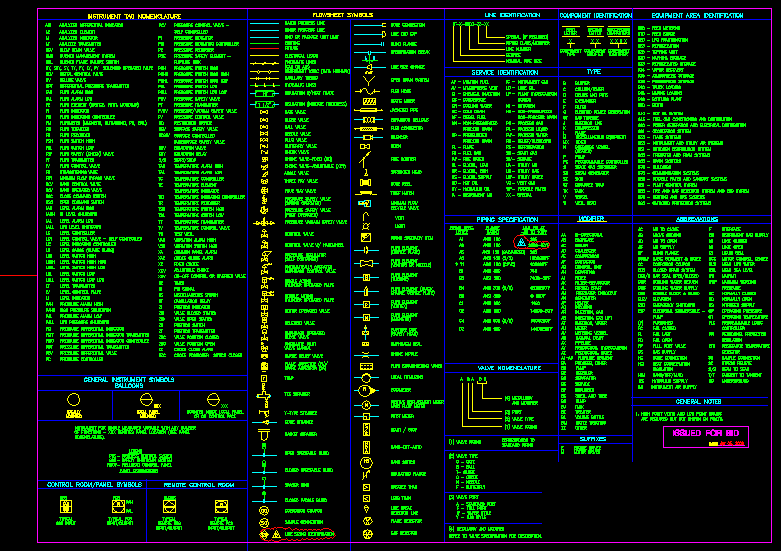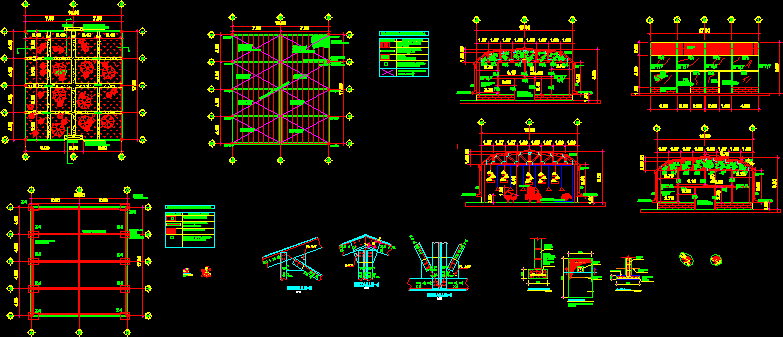
RLock () # initialize random number generators random. simplefilter ( 'ignore' ) # acquire a lock object to force single threaded execution THREADLOCK = threading. environ = cuda_path # ignore warnings warnings. environ += r ' %s \bin %s \nvvm\bin' % ( cuda_path, cuda_path ) os. get ( 'CUDA_PATH', 'CUDA not found' ) if os. platform = 'win32' : OPENMP_ARGS = '-compile-args=/openmp' else : OPENMP_ARGS = '-compile-args=-fopenmp -link-args=-fopenmp' # tell numba where to find CUDA NVVM on Windows cuda_path = os. environ = '1' # os.environ = '1' import numpy # set compiler and linker arguments for OpenMP if sys. exists ( '././data/02_fcs_computation/' ): DATA_PATH = '././data/02_fcs_computation/' SCRATCH_PATH = '././scratch/' # use sequential MKL to prevent thread oversubscription os. cpu_count () // 2 ) # read-only directory where the example data were extracted DATA_PATH = './' # writable directory where large intermediate and output files will be saved # must not be a network drive SCRATCH_PATH = './' # for the BigDIPA workshop cluster if os. # import common modules import os import sys import math import random import datetime import warnings import threading import multiprocessing # limit the number CPUs to use MAXCPUS = min ( 8, multiprocessing. Adjust the path to the example data and the path to a scratch directory where large intermediate and output files will be saved: The notebook depends on a few platform specific variables. using locally installed jupyter or a docker image, e.g.: jupyter-nbclassic ipcf.ipynbĭocker run -rm -p 8888:8888 -v $/ipcf.ipynb:/home/jovyan/work/ipcf.ipynb jupyter/scipy-notebook:d990a62010ae Open the ipcf.ipynb notebook from within the ipcf.ipynb directory, e.g. A Python distutils compatible C compiler with OpenMP support: Visual Studio 2019 or gccĬlone the source code from the ipcf.ipynb repository to a working directory: git clone Įxtract the example data files from the Simulation_ and nih3t3-egfp_2.zip archives to the ipcf.ipynb directory: unzip Simulation_ -d ipcf.ipynb.Python packages: Jupyter, IPython, numpy, scipy, matplotlib, scikit-image, h5py, Cython, dask, numba, and CuPy (optional).CPython 3.8 64-bit with development header files and libraries.Disabled on-access antivirus scanning for the working and scratch directories.A modern web browser supporting WebSockets.64-bit Windows 10, macOS, or Linux based operating system.signal processing, time and frequency domain.programming and nD-array computing (e.g.pair correlation function analysis of fluorescence fluctuations (e.g.

To follow this tutorial and run its code, the following prerequisites are needed: Familiarity with ¶ Refer to the references for an introduction to the pair correlation method and how the computed pair correlations can be analyzed and visualized to study molecular flow in cells. This is a tutorial on computing pair correlations in big images.

Next, we implement the pCF analysis of a small simulated image time series and optimize its speed by almost two orders of magnitude.įinally, we use this pCF analysis function to analyze a multi-gigabyte image time series in small, overlapping chunks. We demonstrate the limitations of Python for efficient numerical computations and several ways to overcome them. In this tutorial, we use the open-source Python programming language and scientific libraries to compute the pCF analysis of a large time series of fluorescence images acquired with Selective Plane Illumination Microscopy (SPIM).įirst, we implement a function to calculate the cross-correlation of two time series. However, it is computationally very expensive, and the analysis of big image data sets used to take hours or be impractical on personal computers. Pair correlation function (pCF) analysis of fluorescence microscopy image time series acquired using very fast cameras is one of the emerging and promising spatiotemporal techniques. Spatiotemporal analysis of fluorescence fluctuations of optical microscopy measurements on living samples is a powerful tool that can provide insight into dynamic molecular processes of high biological relevance (Di Rienzo et al., 2016).


 0 kommentar(er)
0 kommentar(er)
